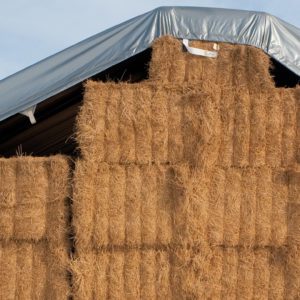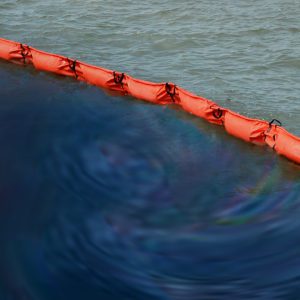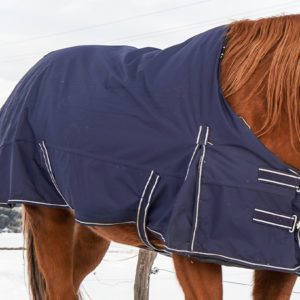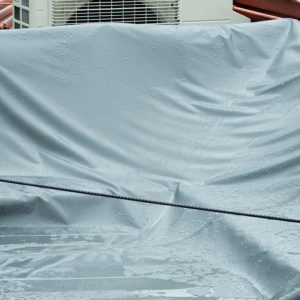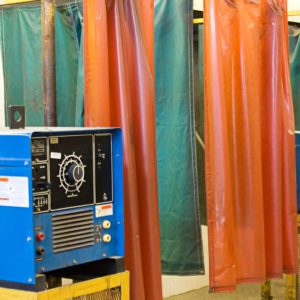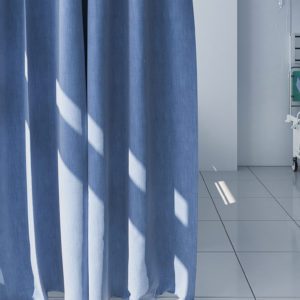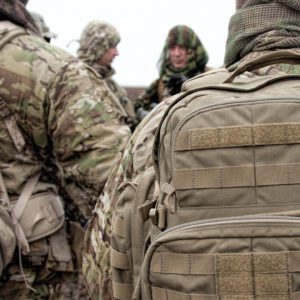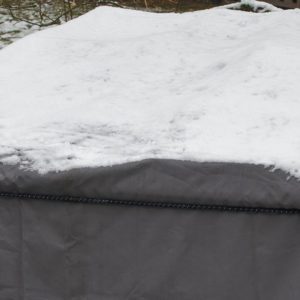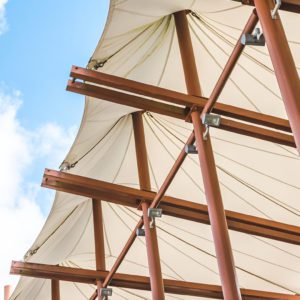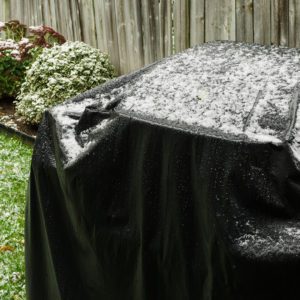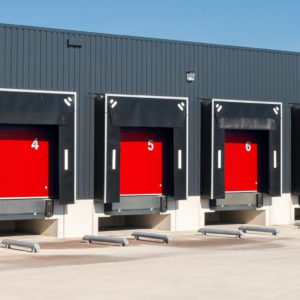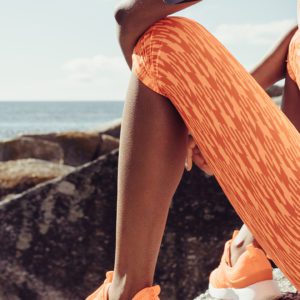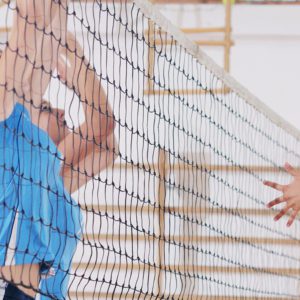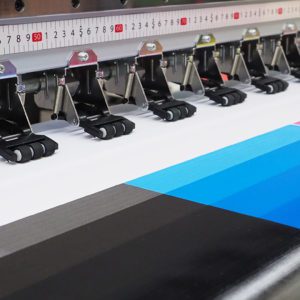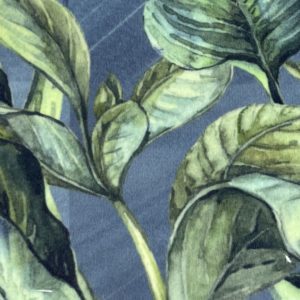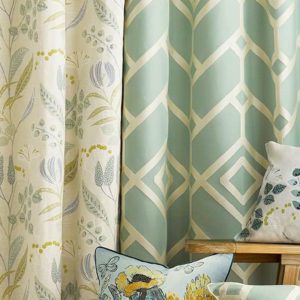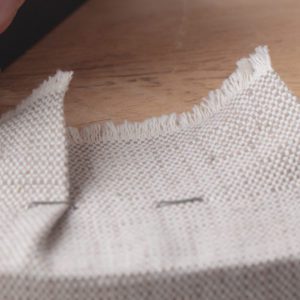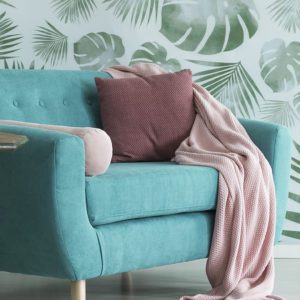Overview
Solution-dyeing is a dyeing method where colorant is added to a synthetic polymer solution and extruded together to create colored synthetic fibers that have many excellent characteristics.
How It Works
Solution-dyed fibers are created by adding dyestuff to polyester, nylon, acrylic, or another synthetic polymer solution to create colored pellets or chips. These colored chips are then melted and extruded into colored fibers through spinnerets. The spinnerette plate looks like a showerhead and has many holes to create very thin synthetic fibers.
The color becomes part of the fiber’s DNA, so to speak, making it a great dyeing method with superior colorfastness and other advantages.
Advantages of Solution Dyed Polyester
There are many advantages to solution dyeing.
Adding the color during the extrusion process will ensure consistent yarn and fabric color.
Solution-dyed synthetic fiber also has high colorfastness to light, in addition to excellent crockfastness.
Other properties, such as antimicrobials, fire retardants, or UV inhibitors can also be added during extrusion, reducing the time needed for finishing processes.
Solution dyeing uses significantly less water than other dyeing methods, making it an environmentally friendly dyeing method. Some sources cite an 80-90% reduction in water use and a savings up to 96% savings of CO? (greenhouse gas emissions) compared to batch-dyeing.
There are fewer chemicals released from the overall process.
Disadvantages of Solution Dyed Polyester
As with most things, there are a few disadvantages to solution-dyed fabrics.
There is typically a considerable minimum order requirement (MOQ) for solution dyed fabric. Depending on weight and denier, solution-dyeing is a commitment of about 10,000 yards of fabric or more.
Due to the large quantity required, custom colors require a significant commitment from the customer.
It may also take a longer time to match colors during the development stage. Solution-dyeing may work best on basic shades and when absolute color precision is not required.
End Use for Solution Dyed Polyester
Outdoor products like awnings, boat covers, umbrellas, and outdoor furniture are all perfect for solution-dyed fabrics.
Want to learn more about polyester fabric? Check out the polyester articles.
Summary
Solution-dyeing is a method of dyeing where colorant is added to the melted polymer solution as fibers are being extruded. There are many advantages, beginning with consistent color, great UV resistance and colorfastness, and a positive environmental impact due to much less water being used in the dyeing process. One disadvantage is that it is not possible to dye a small batch and typically the MOQ can be very high for one color.
